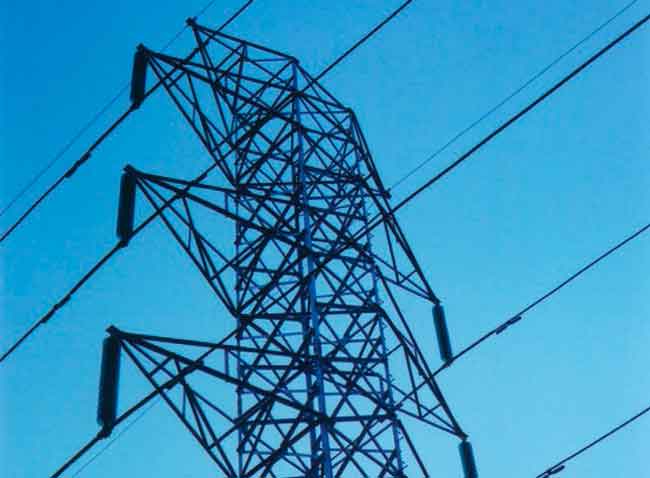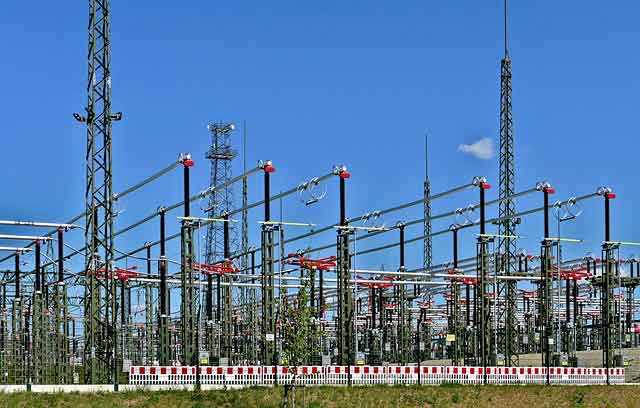State power grid said to be 'stable'
PENNSYLVANIA - Pennsylvania and the regional power pool don't face any of the electricity system problems of California or Queens, N.Y., a spokesman for the PJM Interconnection in Valley Forge says.
"No. In fact, the system is quite stable," said Terry Williamson, director of communications for PJM. "We feel we have adequate capacity."
PJM is the regional power pool, serving part or all of Pennsylvania, New Jersey, Delaware, Maryland and the District of Columbia. Its job is to keep the power grid stable and prevent blackouts or brownouts.
"We experienced our peak load on (July 17 and 18) when it was extremely hot," Williamson said. "Even then, we didn't contemplate any load-shedding."
Electricity usage on July 17 set a record at 139,746 megawatts, Williamson said. The old record was set on July 26, 2005, when 133,763 megawatts were used.
Load-shedding is a power industry term for rolling blackouts, when certain customers lose electric service to keep the system as a whole from going down.
"Voltage reduction" is the official term for brownouts, when the amount of voltage going to customers is reduced and lights may dim or air conditioners may not work as well.
Williamson said the last voltage reduction, of 5 percent, was on July 27, 2005, in Baltimore, the PECO Energy service territory, the eastern part of the PPL service territory and in New Jersey. The last load shedding was in 1994 after a severe ice storm.
Related News

What 2018 Grid Edge Trends Reveal About 2019
WASHINGTON - Which grid edge trends will continue into 2019, and what kind of disruption is on the horizon in the coming year?
From advanced metering infrastructure endpoints to electric-vehicle chargers, grid edge venture capital investments to demand response events, hundreds of data points go into tracking new trends at the edge of the grid.
Trends across these variables tell a story of transition, but perhaps not yet transformation. Customers hold more power than ever before in 2019, with utilities and vendors innovating to take advantage of new opportunities behind the meter. Meanwhile, external factors can always throw things off-course, and reliability…




